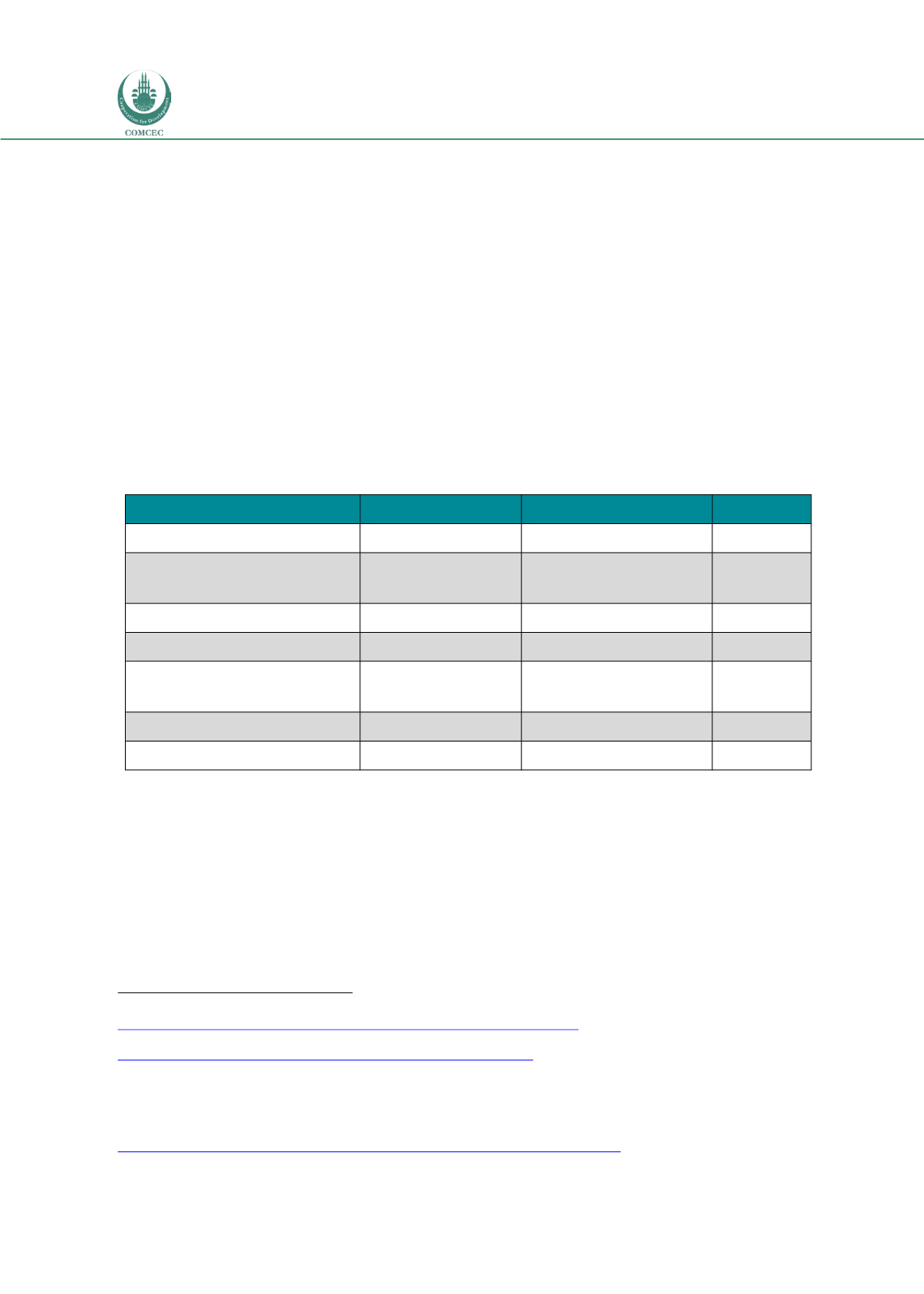

Forced Migration in the OIC Member Countries:
Policy Framework Adopted by Host Countries
136
solis); only refugees who have been married to a Ugandan citizen for at least five years, or
have resided in Uganda for at least 20 years (and speak one of the official languages of
Uganda) can naturalize.
32
But in practice, refugees who meet these conditions have
encountered practical barriers to naturalization: for example, local officials who are
unfamiliar with the law and procedures for refugees naturalizing.
33
Meanwhile, Uganda’s national IDP policy’s central objective is to ensure IDPs have the same
rights, freedoms, and treatment under the law as other Ugandan citizens.
34
This includes
ensuring there are no restrictions on their freedom of movement (for example, by allowing
free movement in and out of camps, and improving security in the areas where IDPs live to
allow movement); replacing lost or destroyed documents; providing IDPs with shelter,
clothing, and food; and helping returnees access their land, or allocating them new land.
35
As
well as guaranteeing equal access to education services, the policy also requires the
government to create affirmative action schemes for IDPs to ensure they can attain the same
educational standards, and providing IDPs with psychosocial services.
36
Table 12: The rights of refugees, asylum seekers, and IDPs under Ugandan law
Refugees
Asylum-seekers
IDPs
Permission to work
Yes
No
Yes
Permission to establish a
business
Yes
No
Yes
Own property
Yes
No
Yes
Freedom of movement
Some restrictions
Some restrictions
Yes
Access to public healthcare
services
Yes
Yes
Yes
Access to public education
Yes
Yes
Yes
Political participation
No
No
Yes
Note: Refugees are technically required to ask for permission from their settlement commandant before moving,
while asylum seekers can only access shelter and food in the settlements (though they can access these services
for up to three months elsewhere during the initial registration process).
In practice, full implementation of these policies—and, therefore, full access to the rights they
include—hinges on resources that are often lacking. Limited local government capacity and
limited funds, coupled with a reliance on external resources, all served to inhibit the
implementation of the national IDP policy.
37
Similarly, a lack of funding has hampered the
implementation of the 2006 Refugee Act and the accompanying Refugee Regulations of 2010.
32
The Uganda Citizenship and Immigration Control Act,
1999,
http://refugeelawproject.org/files/legal_resources/CitizenshipImmigrationact.pdf .33
Sam Walker, “Can Refugees Become Citizens of Uganda?” Refugee Law Project Briefing Paper July 2008,
http://www.refugeelawproject.org/files/briefing_papers/RLP.BP0803.pdf .34
Chapter 1,
The National Policy for Internally Displaced Persons,
2004.
35
Chapter 3,
The National Policy for Internally Displaced Persons,
2004.
36
Chapters 3.1.1 and 3.1.2,
The National Policy for Internally Displaced Persons,
2004.
37
Friedarike Santner, “Uganda’s Policy for Internally Displaced Persons. A Comparison with the Colombian Regulations on
Internal Displacement,”
International Law: Revista Colombiana de Derecho Internacional
22 (Jan/June 2013),
http://www.scielo.org.co/scielo.php?script=sci_arttext&pid=S1692-81562013000100004 .















